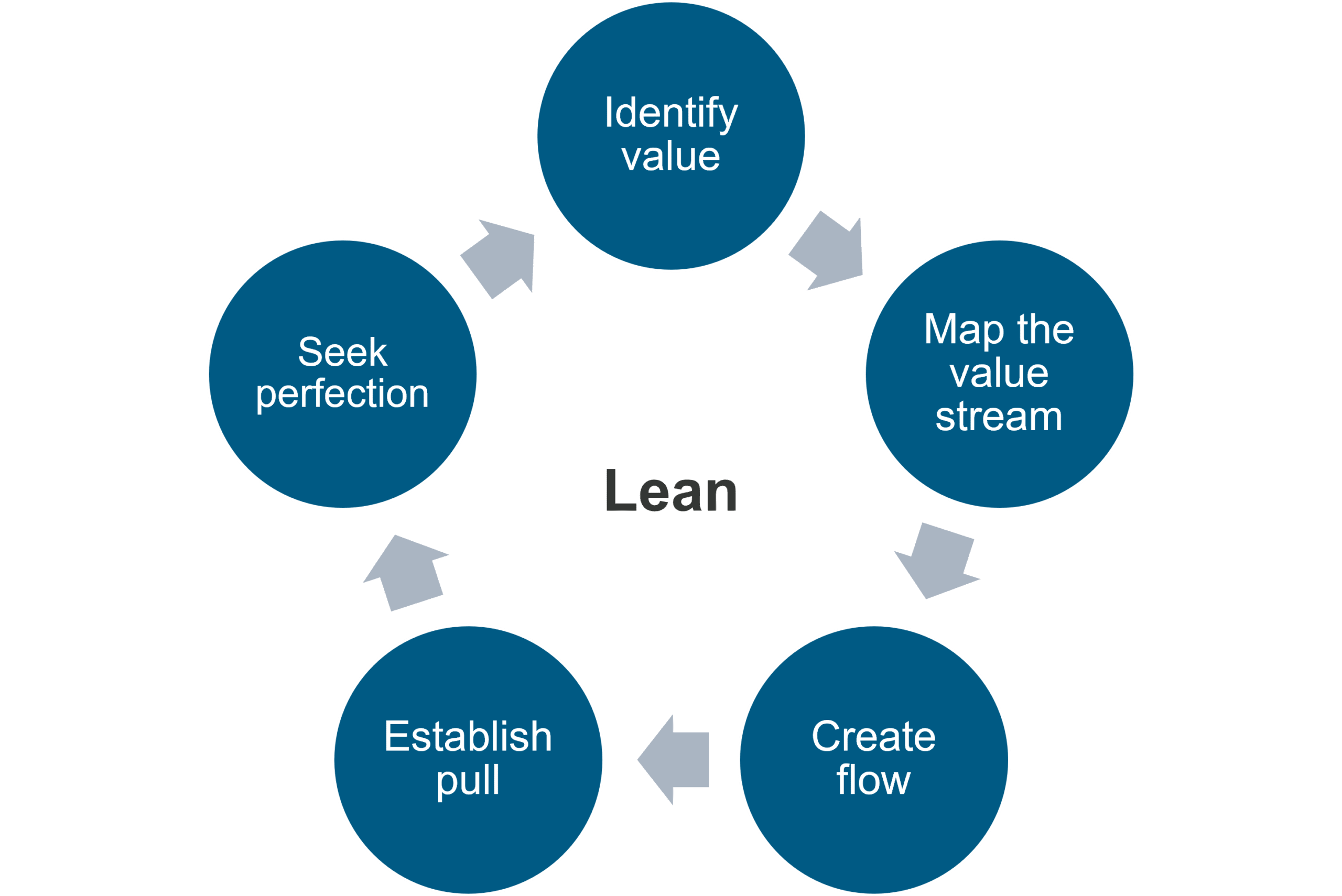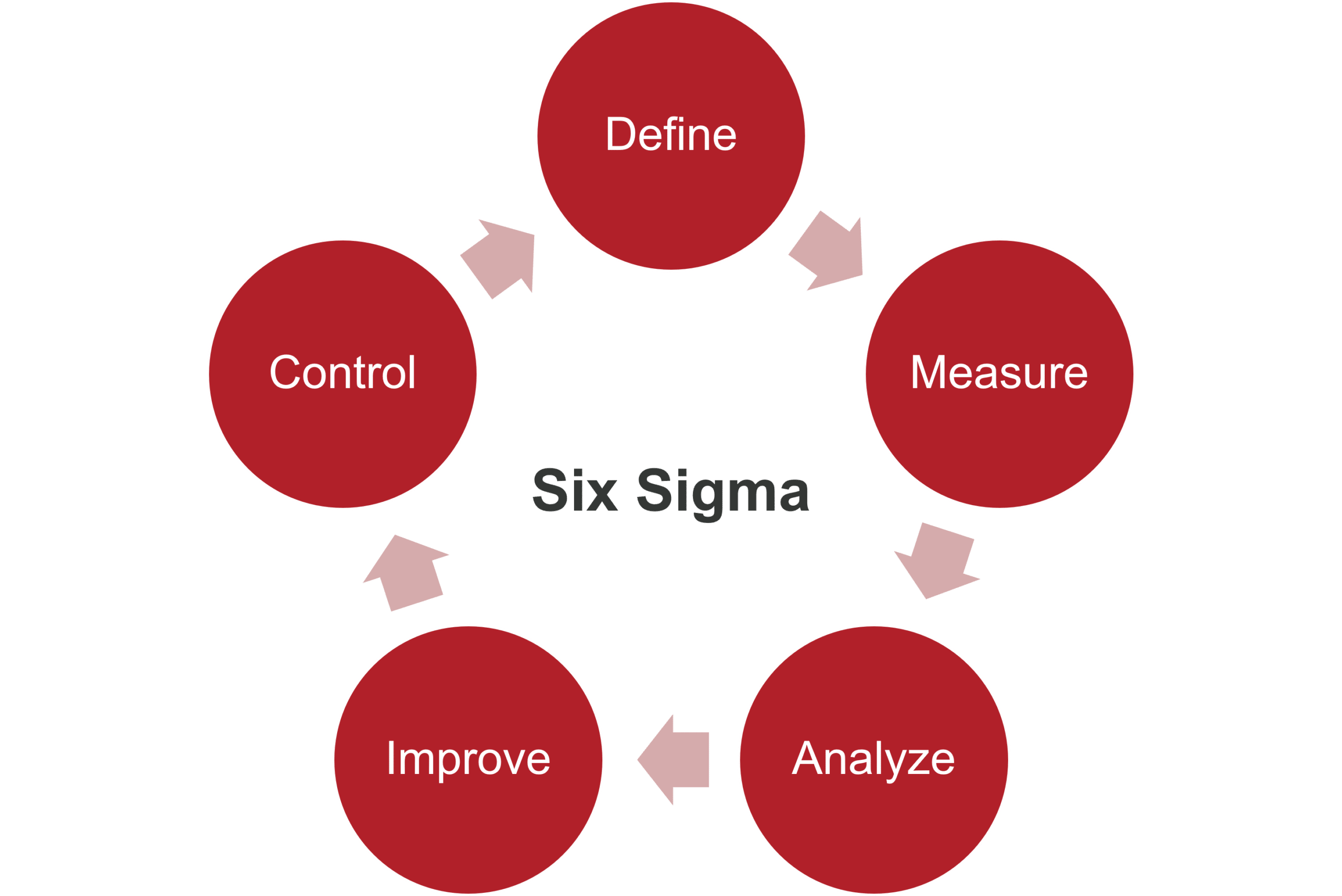There is an ongoing debate in the business community about which program, Lean or Six Sigma, is the better system to implement when it comes to improving operations, streamlining business processes, and eliminating waste. In order to view this debate in the proper context, however, you need to understand the differences and similarities between the two systems in order to determine what’s right for your company.
 Lean Approach
Lean Approach
Lean is a production practice whose key principle is speed and streamlining processes. Operations that fail to add value for the end customer are deemed “wasteful” and removed from the equation; reducing production times and costs, and leaving streamlined and profitable processes in place.
For Lean to be successful, it has to permeate all aspects of a business. Think of it like recycling – for it to work, it has to be more than an arbitrary process, and actually be engrained in society.
Why would you use Lean?
Lean’s strength is its fast implementation. Immediate benefits relate to productivity, error reduction, and customer lead times. Long-term benefits include improvements to financial performance, customer satisfaction, and staff morale.
 Six Sigma Approach
Six Sigma Approach
Six Sigma is a production practice that seeks to improve the quality of the output of a business process by identifying and removing the causes of defects and minimizing variability in manufacturing and business processes.
While it was first designed for use in manufacturing, today, Six Sigma is applicable throughout all aspects of business – from customer support to management to service delivery – and can help a company to achieve real and measurable results.
Why would you use Six Sigma?
Six Sigma is a multifaceted methodology. Broadly speaking, it’s a quality improvement methodology that provides a framework for a company to train its employees in key performance areas, shape strategy, align its services with customer needs, and measure and improve the effectiveness of business processes. Fundamental to the latter is the identification of KPIs, and a focus on process quality variation.
Comparing Six Sigma and Lean
Essentially, both systems have the same goal. They seek to eliminate waste and create the most efficient business processes possible, but they take different approaches toward achieving this goal. In simplest terms, the main difference between Lean and Six Sigma is that they identify the root cause of waste differently.
Lean practitioners believe that waste comes from unnecessary steps in the production process that do not add value to the finished product, while Six Sigma proponents assert that waste results from variation within the business process.
Of course, there is truth in both of these assessments, which is why both Lean and Six Sigma methodologies have been so successful in improving overall business performance in a variety of fields. In fact, these two disciplines have proven to be especially successful when working in tandem – hence the creation of Lean Six Sigma.
Find out more about improving your operations.
READ MORE

 Lean Approach
Lean Approach Six Sigma Approach
Six Sigma Approach